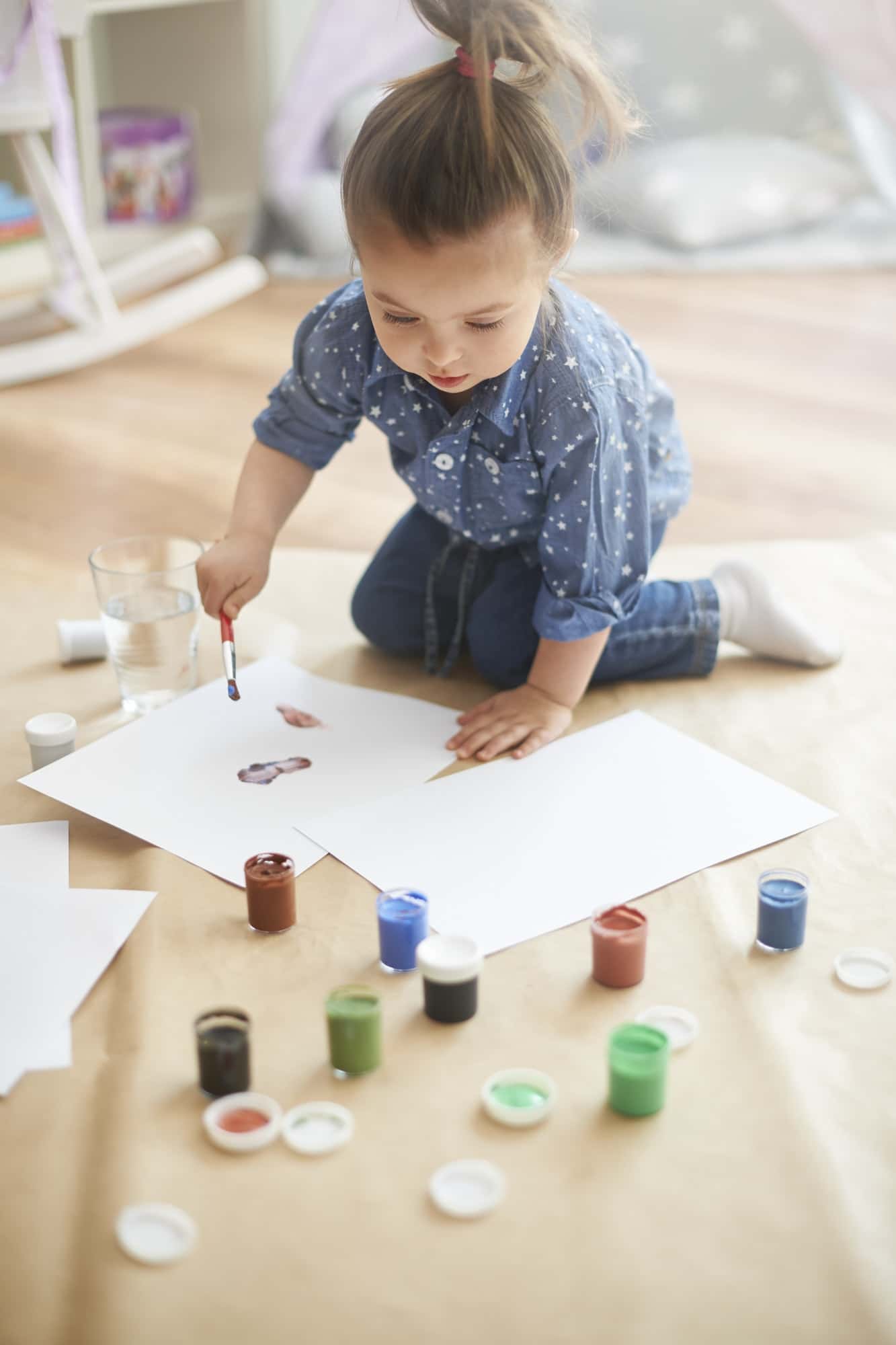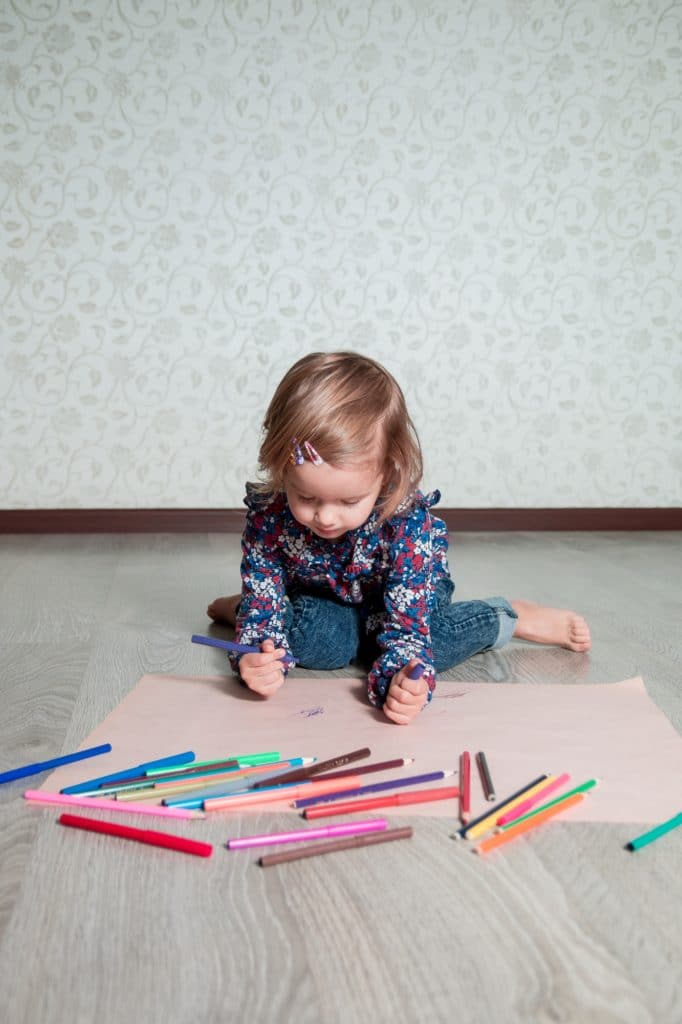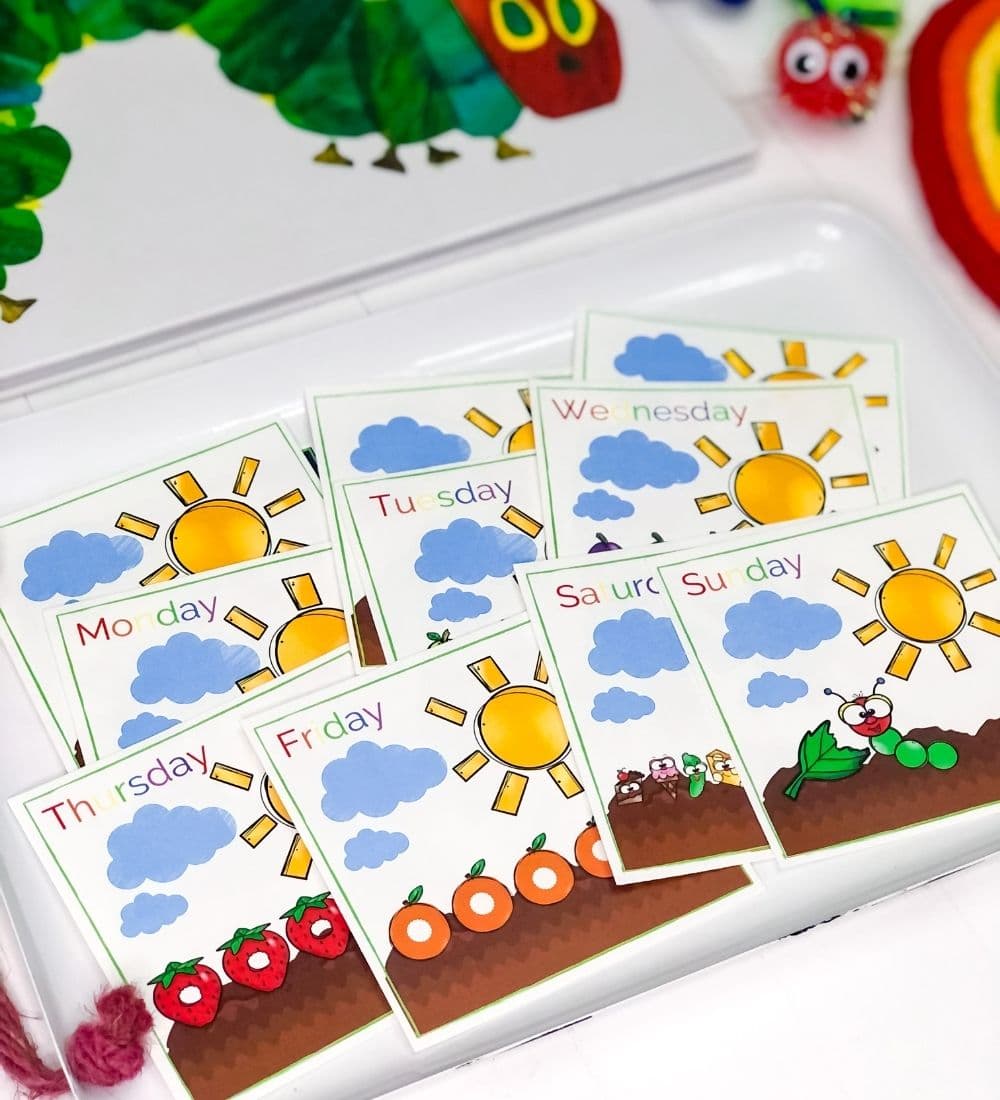purposeful play
Art for Kids- Why is it so Important?
Art is such a vital part of childhood. Through art, children are able to express their thoughts and feelings in a visual form. When you encourage art in children and give them a wide variety of materials to work with-you’re able to unleash their creativity in endless ways.
Not only does art encourage creativity, but when a child is working on a project it gives them the opportunity to think, plan and organize.
Through art children are able to experiment, test out theories and explore cause and effect. Art is also a wonderfully fun way for children to refine their fine motor skills which is an essential pre-writing skill.
Activities like using scissors, drawing, tearing paper and painting with different sized paint brushes all strengthen those little muscles in your child’s hand. Below you will find inspiration and ideas on ways to incorporate art into the daily life of your child in a purposeful way.

purposeful play
What are the benefits of art for kids?
- engages imagination
- allows children to express themselves
- sparks creative and abstract thinking
- allows for scientific experimentation
- imporves planning skills
- improves language skills
- strengthens fine motor skills
- improves problem solving techniques

purposeful play
art supplies
Fill your art area with a variety of purposeful art supplies
construction paper
paper scraps
printer paper
card stock paper
paper bags
tissue paper
newspaper
scissors
cards
butcher paper
coffee filters
paper plates
chalk
scotch tape
colored tape
pom-poms
gems
glitter
craft sticks
stickers
paper shapes
beads
sticky notes
water color paints
finger-paints
tempera paints
paint brushes
art easel
smock
dot paints
markers
crayons
colored pencils
colored pens
glitter pens
glitter glue
glue sticks
liquid glue
feathers
pipe cleaners
ribbons
rubber bands
paper clips
stamps
ink pads
buttons
tips for
organizing art supplies
Below you will find ideas and photo inspiration to help inspire you to create an organized, inspiring and purposeful art area. A purposeful art area will spark your child’s imagination and invite them to explore and create.
Keep all the art supplies well organized and easily accessible. This will encourage children to engage in art projects independently. Organized art supplies also allows for your child to be able to plan and think clearly about the creation they want to make thus creating a purposeful learning environment.

messy hands, happy hearts
examples of organized art areas
Photo inspiration of ways to create an organized,easily accessible art area. Also check out my pinterest board titled Organized Art Supplies
artist gallery
kids art display ideas
proudly display your child's art work with these great ideas
clothes pin line
Pin a line of twine to the wall and hang your child's art work up with clothes pins!
clothes pin line
create an art gallery
Turn your child's art work into an fun art gallery for a wall in your home.
create an art gallery
photo album
Take pictures of your child's art work, print the photos and place in a photo album.
photo album
make a book
Pick your favorite pieces of art work, use a hole puncher and bind together with rings.
